Proper Waste Disposal: Handling Trash and Hazardous Materials
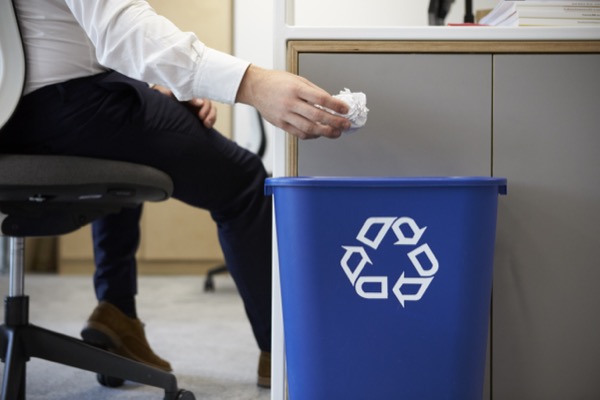
Proper waste disposal is a crucial part of workplace safety and environmental responsibility. Improper disposal of waste, especially hazardous materials, can lead to serious health risks, environmental damage, and legal consequences. Whether you work in an office, warehouse, construction site, or industrial setting, understanding how to properly separate, dispose of, and label waste is essential […]
Acetone Safety Precautions

Dealing with acetone in the workplace requires special care and safety precautions. Acetone is highly flammable and—although not highly toxic—exposure can be irritating and painful. As such, it’s important to know how to work with acetone safely, wear the proper protective gear and know what to do in an emergency. Practice acetone safety! Wear Personal […]
Asbestos Awareness
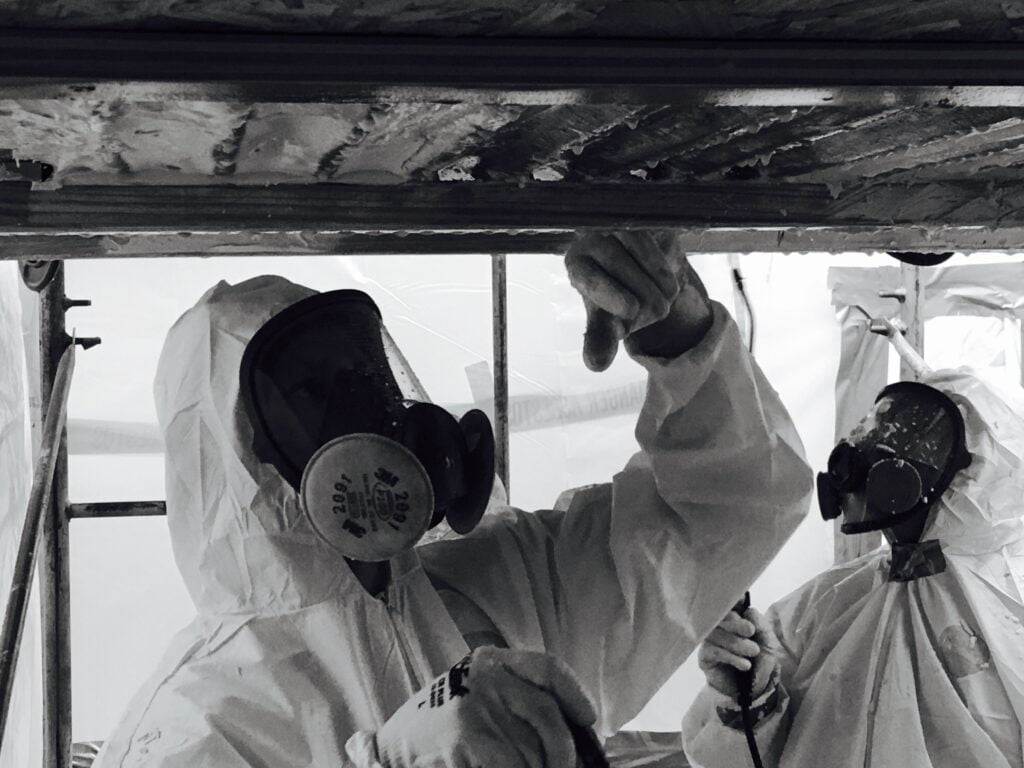
Even though most uses of asbestos have been banned, it can still be found in a variety of products, such as building materials and vehicle brakes. Employees can be exposed to this hazardous material during the manufacturing process, brake and clutch repairs, and renovations and demolitions. One tactic we can use to prevent injury and […]
Protecting Against Silica Exposure
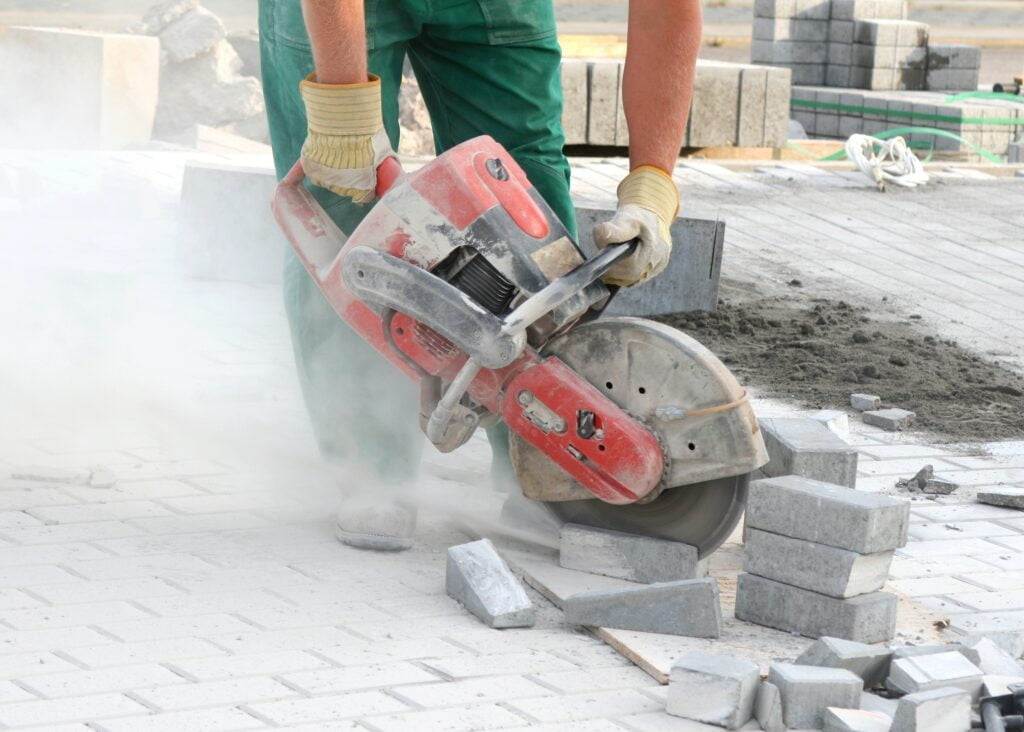
Found in commonly used materials such as concrete, asphalt, coal dust, and natural stone, silica particles can be inhaled when dust is created during handling. Silica Exposure is hazardous to you health. What’s a Little Dust? Although silica looks like dust, it’s much more harmful to your lungs. Silica dust is a human lung carcinogen, […]
Managing Flammable Liquids in Manufacturing: Best Practices
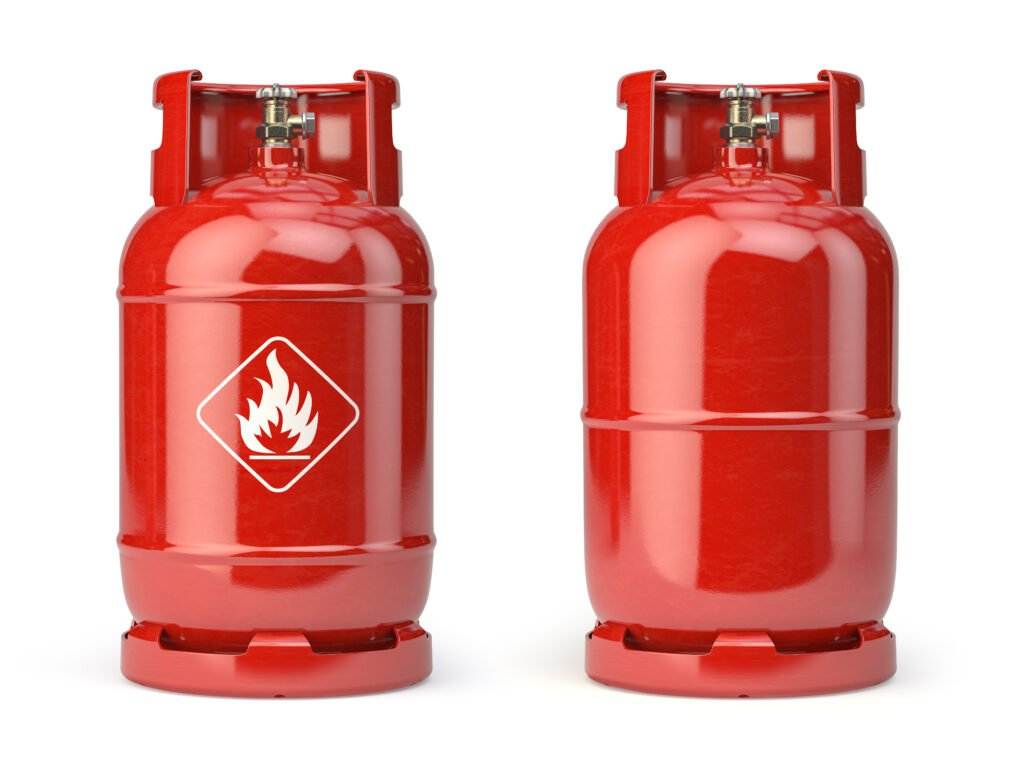
Provided by: Three Sixty Safety Flammable and Combustible Liquids Flammable and combustible liquids are present in nearly every workplace (e.g., gasoline, diesel fuel, solvents, cleaners, paints and polishes). Yet, such liquids may be highly flammable or combustible. And if used or stored improperly, these liquids can cause serious injury or death. To understand the dangers […]
How to Safely Handle Chemical Spills in Manufacturing

Provided by: Three Sixty Safety Learn How to Handle Chemical Spills Safely Working with chemicals on the manufacturing floor puts all employees at serious risk for injuries due to explosions. For this reason, the Occupational Safety and Health Administration (OSHA) requires worksites where hazardous chemicals are used to have an emergency action plan (EAP). The […]
Manufacturing Safety: Dangers of Silica Exposure

Provided by: Three Sixty Safety Dangers of Silica Exposure Found in commonly used materials such as concrete, asphalt, coal dust and natural stone, silica particles can be inhaled when dust is created during handling. Review this flyer to learn more about the dangers of silica exposure and related safety practices. What’s a Little Dust? Although […]
Managing Flammable Liquids: Strategies for Preventing Fires
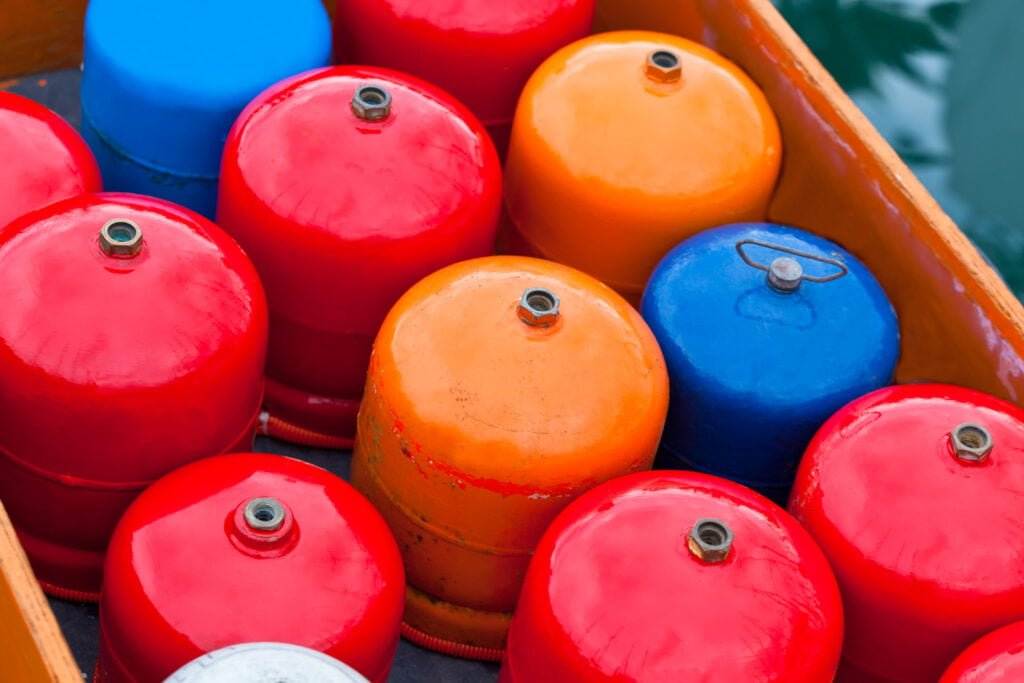
Provided by: Three Sixty Safety Flammable and CombustibleLiquids Safety Flammable and combustible liquids are present in nearly every workplace. Gasoline, diesel fuel, and many common products such as solvents, thinners, cleaners, adhesives, paints, waxes and polishes may be highly flammable or combustible. And if used or stored improperly, flammable and combustible liquids can cause serious […]




